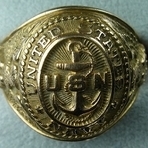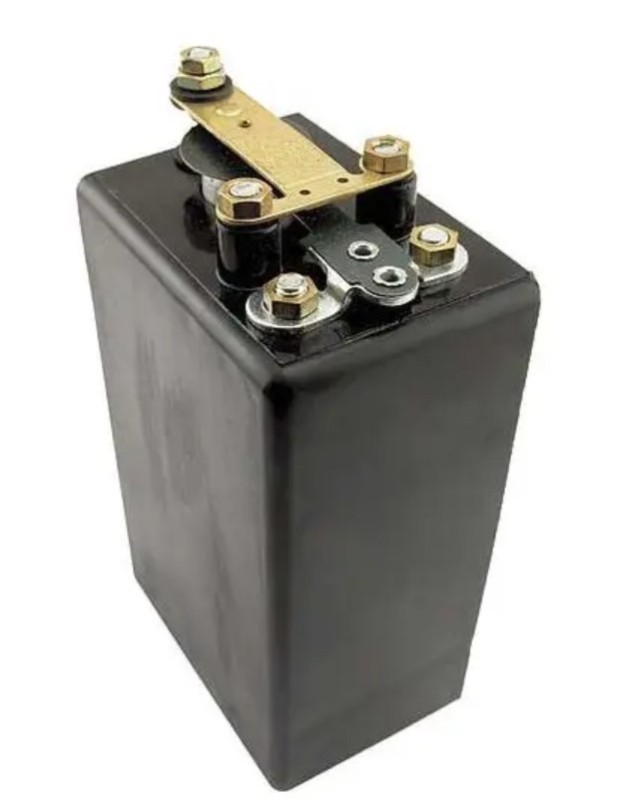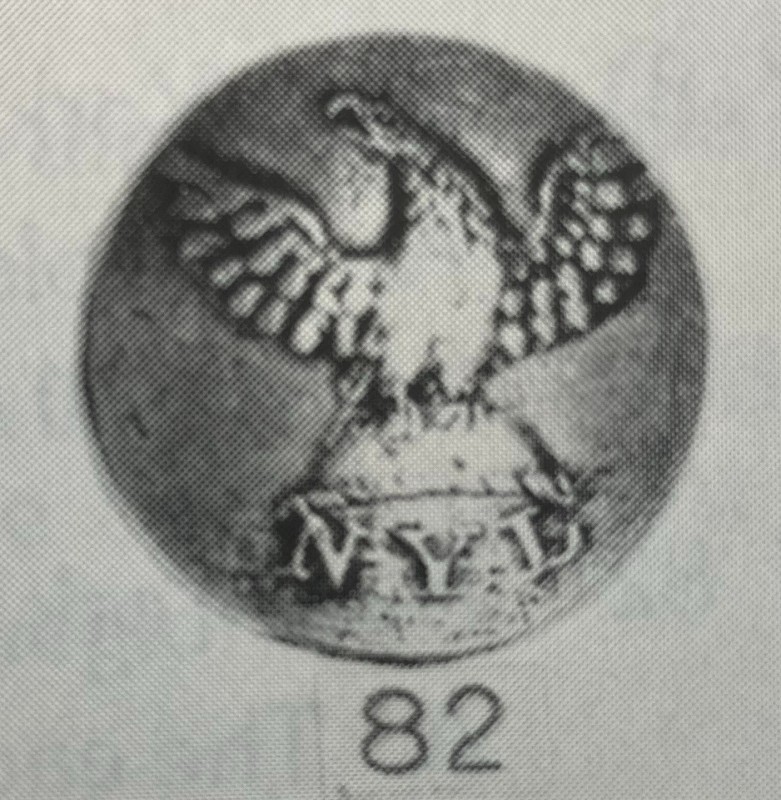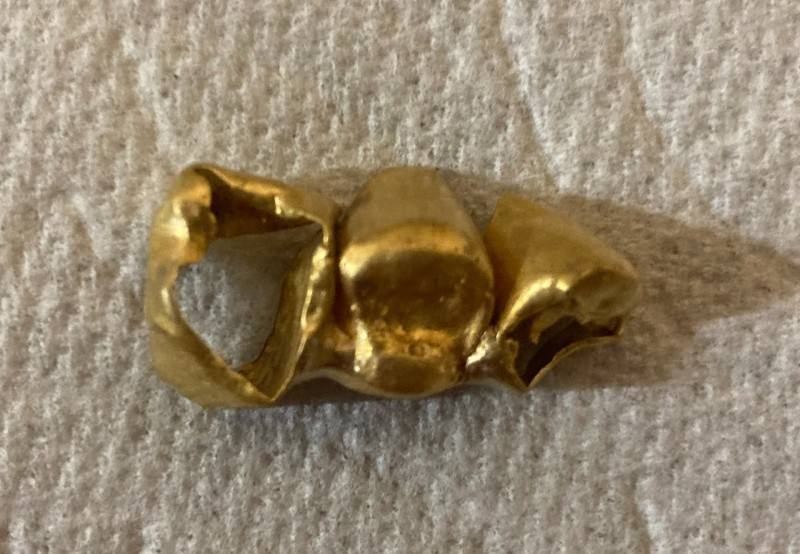-
Posts
176 -
Joined
-
Last visited
Content Type
Forums
Detector Prospector Home
Detector Database
Downloads
Everything posted by BigSkyGuy
-

You Get Lucky Sometimes!
BigSkyGuy replied to Glenn in CO's topic in Metal Detecting For Coins & Relics
-
I wonder if the MC is open gate audio while the Nox 800 is closed gate audio. The reason that I say this is the Nox on a mixed ferrous/nonferrous signal would give kind of a chopped nonferrous signal with intermittent iron tones. If it soulded good and solid in the center, I would dig. On the MC the signal is more blended ferrous/nonferrous, including average signals when a nail is in the same hole with a coin. For instance, on the MC a nail might drag down a dime signal from 81-82 into the 50s. The Nox on the other hand would signal on both at different times in an intermittent fashion (if it alerted on the high tone at all). I think this gives the MC an advantage over the Nox in this regard.
-
I find the MC to be noisy and falsey as @Steveg mentioned. However, I have found coins that I know were missed with the Equinox 800. I have found that nail falses can be identified by retesting the signal in search mode using very short sweeps after pinpointing the exact spot. Nails will not sound good when sweeping over the exact pinpointed spot. This can be a slow process, but faster than digging nails. Seems to work with my moderately mineralized soils. I use AT-LC about 80% of the time and AT-G 20%.
-

Found Strange Relic, Have No Idea What It Is
BigSkyGuy replied to LordInVader's topic in Metal Detecting For Coins & Relics
You bet. This is what the forum is for. People here have helped me out plenty, and I am happy to pay it forward. -

Found Strange Relic, Have No Idea What It Is
BigSkyGuy replied to LordInVader's topic in Metal Detecting For Coins & Relics
- 10 replies
-
- 21
-

-

-

Snagged A U.S. Quarter Cent
BigSkyGuy replied to rod-pa's topic in Metal Detecting For Coins & Relics
May be related to the dual coinage system in use at the time. A Spanish "bit" was worth 12 1/2 cents and the medio 6 1/4 cents. Both were commonly used in the 1830s along with US coinage. Often, the medio and the US half dime were used interchangeably, but one party would lose 1 1/4 cents in the exchange. A cent and a cut 1/2 cent added to a US half dime would be a fair exchange for a medio (in theory). -

Techniques For Soil With High Ferrous Content?
BigSkyGuy replied to Tallasatree's topic in Metal Detecting For Coins & Relics
The fact that things went south after the rain suggests to me that you may have some degree of salt in your soil, such as fertilizer, cow urine, or salt from a lick. I have a site that I can hunt in Park 1 on the Equinox when dry, but need to switch to Beach mode when wet. Lots of cows and evaporation of flood irrigation water at this site. You may want to try the Beach mode on the Pro when the soil is wet. Let us know how it goes. -

Ok, This Helped Me, My Dirt (reducing Chatter/falsing)
BigSkyGuy replied to Medina's topic in Minelab Manticore Forum
The Meaning of the Front Side of the Miraculous Medal Mary is standing upon a globe, crushing the head of a serpent beneath her foot. She stands upon the globe, as the Queen of Heaven and Earth. Her feet crush the serpent to proclaim Satan and all his followers are helpless before her (Gn 3:15). The year of 1830 on the Miraculous Medal is the year the Blessed Mother gave the design of the Miraculous Medal to Saint Catherine Labouré. -

Some Experiences With The Manticore
BigSkyGuy replied to BigSkyGuy's topic in Minelab Manticore Forum
I usually run at 5, but I bumped it to 6 for this site due to the number of rusty nails. On the 800 I have found that higher RS helps with mineralization, but have not fully tested this on Manticore. 6 seemed to be the sweet spot for the 800 in my soil, but I doubt the numbers correspond. -

Need Help With Button Identification
BigSkyGuy replied to Doc Bach's topic in Metal Detecting For Coins & Relics
From: "Record of American Uniform and Historical Buttons - Bicentennial Edition" by Alphaeus H. Albert -
I have a site where I have a clad dime buried at 8", which is on the edge of detection in this soil for the Equinoix 800. I can get a faint high tone in one direction in Park 1, Sens 22, Rec. 4, IB 1. Yesterday I took the MC to this site, which has really corrosive ground and deep targets. The iron is very rusted, and even the pull tabs are corroded. Bottle caps are completely gone, with only the foil liner and rust staining remaining. I tried the MC in AT-LC, Sens=22, Rec.=6 and got only the occasional high tone pop every couple of swings. Switching to AT-G I got a good repeatable high tone with VDI ranging from upper 70s to lower 90s. In AT-HC I got a very nice high tone with tight VDI ranging from 79-82, all other settings the same. So I started hunting in AT-HC, but quickly ran into the falsing issue that many have mentioned. I found that the best way to avoid this is to pinpoint and then check the target again with a very short sweep over the exact spot. If the signal is not confirmed it is a nail. It is interesting that this site is more prone to falsing than others that I have hunted. It may be the degree of corrosion on the nails. I hunted mostly in AT-LC, despite the better depth on high conductor targets, just because it slowed me down so much. I did find lots of pull tabs at 8" that were missed with other detectors. I also have found that the MC is better at unmasking than the Equinox. The key is to look for what I call "spongy" signals. What I mean by spongy is the signal is not solid but intermittent. When I trun on the horseshoe, these signials have both iron tones and nonferrous tones, but I like to hunt with horsehoe off (i.e. so that iron tones cannot be heard). Anyway, if the intermittent tones are mostly in the 70s to 90s I dig. I have found a couple of nice Barber dimes digging these kind of signals.
-

What Difference Does 1khz Have On The Equinox From 5khz To 4khz?
BigSkyGuy replied to RickUK's topic in Minelab Equinox Forum
At the risk of stirring a hornets nest I will throw in my theory as to why 5 kHz is a problem but not 4 kHz. Power lines seem to be a big source of EMI, yet the transmission frequency, as Jeff mentions, is 60 Hz, two orders of magnitude lower than metals detectors. However, I have read that there is a power line carrier communication (PLCC) signal that is transmitted along with the power that is transmitted in the kHz range to as low as 5kH. This is why meter readers are no longer required. The power useage in your home is sent via PLCC. PLCC is also used for home security systems, and home control and automation. I have used my DetectorPro UW, which operates at 2.4kHz, no problem right under power lines. -
The "F" is for Frankford Arsenal and the 10 and 87 indicate that it was manufactured in October 1887. Frankford Arsenal later used "F" and "A", but the early ones were only "F". This information is from "Cartridge Headstamp Guide" by Henry P. White and Burton D. Munhall.
-
Very cool! The key is for a Model T. Very distinctive shape.
-
Funny you should ask okie. Just found this dental bridge on Saturday. Rang up 14-15 on the Manticore. Hard to imagine the scenario under which this was lost. Was alcohol involved? Nice score on the crown!
-
Very cool! The key is for a Model T. Very distinctive shape.
-
I use the TRX with my MC and have had no issues in AT-G or AT-LC. Were you using AT-HC when you had the issues? The TRX operates at 12kHz which may be similar to AT-HC.
-

Hardwired Or CTX Headphone Connector For Excal?
BigSkyGuy replied to BigSkyGuy's topic in Minelab Metal Detectors
I received the phones from Ukraine but have not yet installed them. They look like pretty good quality, but I have no way to test them until I get the time to open up the Excal. -

Can Not Connect Wireless Headphones
BigSkyGuy replied to stateguy's topic in Minelab Manticore Forum
The key is No 4 (press and hold the wireless button). This is different from the equinox. -

Deus 2 Vs Tarsacci On The Black Sand Beach
BigSkyGuy replied to Kaolin washer's topic in Metal Detector Advice & Comparisons
I have had success using All Metal, Ground Balance = 900 (auto GB is around 550, so a very positive GB), Black Sand = On, and 6.4 kHz. These settings are very quiet in black sand. -

Do Fertilizers Affect Performance?
BigSkyGuy replied to Digalicious's topic in Metal Detector Advice & Comparisons
I have a permission for a field which contains cattle during most of the year, but is flood irrigated at times. When the ground is dry my detectors work well, but during times when the field is partially flooded I need to use Beach mode on the Equinox, otherwise, the chatter is unbearable. I attribute this to cow urine, leaching from salt licks, fertilizer, evaporation of standing water following flooding, or all of the above. -

Plz Help Identify These Rocks
BigSkyGuy replied to paulmars's topic in Rocks, Minerals, Gems & Geology
Banded chert, not sure, azurite (blue)/malachite (green), scoria basalt, bornite (peacock ore)/chalcopyrite. -

Do I Trust My Manticore In The Water?
BigSkyGuy replied to phrunt's topic in Minelab Manticore Forum
Saw this on another forum; Manticore Flooded I hope this is the exception and not the rule!





